Eva Harth studied chemistry at the University of Bonn, Germany, and the University of Zurich, Switzerland. In 1998 she obtained her PhD for work in the area of fullerene adducts and polymers from the MPI for Polymer Research. A postdoctoral fellowship with CPIMA (NSF-Center for Polymer Interfaces and Macromolecular Assemblies) brought her to the IBM Almaden Research Center, California USA, to work under the direction of Prof. Craig J. Hawker. In 2001 she joined XenoPort, Inc. as a Staff Scientist investigating enabling technologies for the increased bioavailability of macromolecular therapeutics and took a position as Assistant Professor at Vanderbilt University in the Department of Chemistry in 2004 with a secondary appointment in the department of Pharmacology. In 2011 she was promoted to Associate Professor with tenure and is member of the Vanderbilt Ingram Cancer Center (VICC), Institute of Chemical Biology (VICB) and the Institute of Nanoscale Science and Engineering(VINSE). She is serving on the Editorial Board of Polymer Chemistry since its start in 2009 and is one of its Associate Editors. As advisory editorial board member she is active for ACS MacroLetters, Macromolecules and as associate editorial board member for the American Journal of Cancer Research. The focus of her research advances delivery technologies across challenging biological barriers and towards highly vascular tumors.
Please follow the link for further information on Eva’s research group and her recent paper published in Polymer Chemistry.
What was your inspiration in becoming a chemist?
I liked to find out how biological processes work and then I started to like the fact that I could make a real product with my hands and enjoyed bench work. Chemistry is so versatile and affects so many areas in life and provides hopefully the better solution to an existing problem. My current work focuses on questions in the biomedical field; I appreciate to know about the clinical challenges through collaborators and being in an inspiring environment. I think it is about what questions and challenges you want to pick as a chemist and that you have means to go after them in many different ways; this is the most exciting part.
What was the motivation behind the research in your recent Polymer Chemistry paper?
It is an extension of a paper that we have published in 2007 describing intramolecular chain crosslinkers other than benzocyclobutenes because they have been notoriously difficult to make. The clean reaction of these derivatives was always attractive to build nanoscopic materials, going back to the work of Craig Hawker and Bob Miller at IBM. In the current paper we describe a low temperature version that might be useful to engage these benzocyclobutene units to a broader application. Although, at the moment the majority of my work is directed to find practical chemistries to utilize cross-linking reactions to prepare controlled macromolecular networks involving a multitude of chains. We found that these structures “nanosponges” have beneficial properties to solubilize but also release drug molecules based on the applied crosslinking conditions with striking effects in vivo.
Why did you choose Polymer Chemistry to publish your work?
It has a large readership in Europe and the US and wanted to place it where it is likely to be read by a very diverse audience like it is known from RSC journals. Of course, I find it to be a wonderful journal and I am glad that it found very quickly a large acceptance in the field and that authors really send their best work.
In which upcoming conferences may our readers meet you?
I will attend both ACS meetings, for the first time I will participate in the AACR conference in Chicago in April. In May, I am in Rostock, Germany, and give a talk at the implants and biomaterials conference, then Warwick 2012, where the impact factor of Polymer Chemistry will be announced (!) and later in the year, the ACN Nanomedicine conference in Sydney and the Nanotech conference in CA. Two Zing Conferences in November, one of them will be a Polymer Chemistry conference focused on materials for biomedical and energy applications which will be a great conference bridging the fastest developing areas of polymer research.
How do you spend your spare times?
I started last year to get my private pilot license and I hope that I can have my first solo this year. Tennessee has these little airports all over the place and the countryside is beautiful, perfect to see it from the air and fly (in a Cessna) to cute places.
Which profession would you chose if you were not a scientist?
I would work in an auction house, as art dealer or architect. It is a great joy for me to find and collect pieces of young artists. All my family is working in construction and interior design and I could always relate to it.


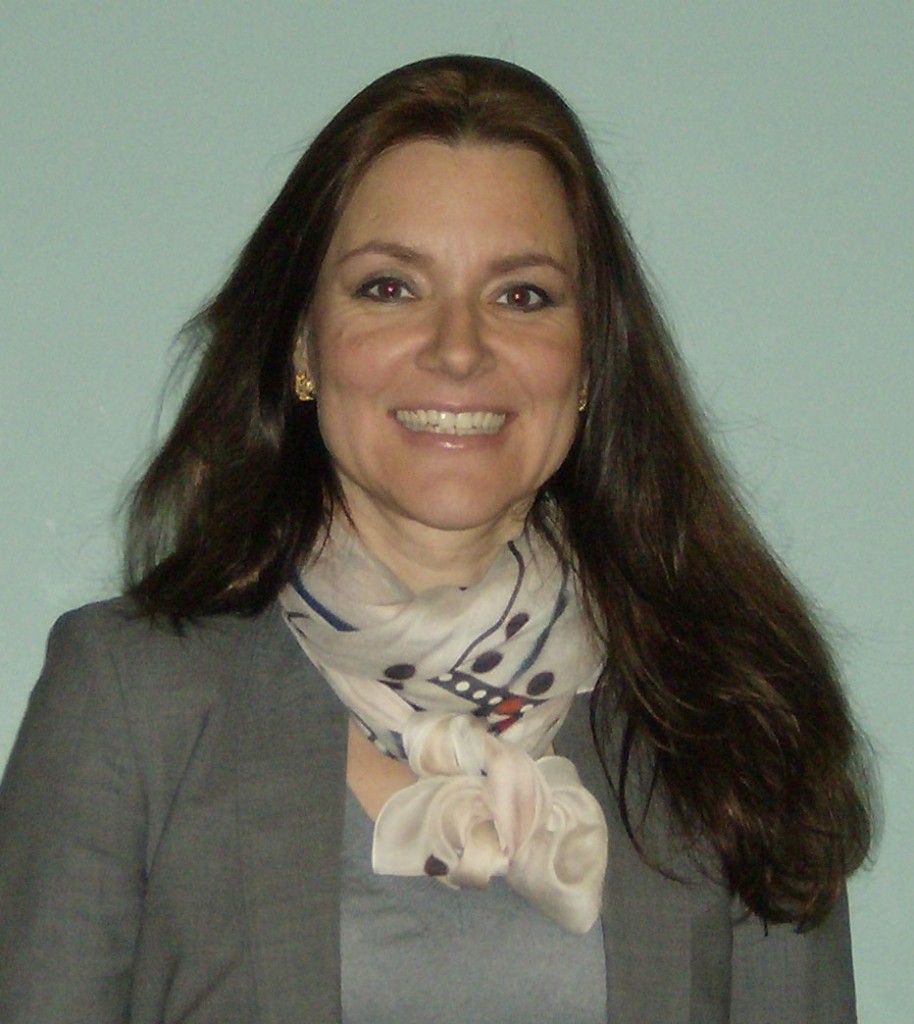










 Sabine Beuermann studied chemistry and received a Ph.D. in Physical Chemistry in the group of Michael Buback at the Georg-August-University of Göttingen. After working as a visiting scientist at the DuPont Experimental Station in Wilmington/DE, she returned to Göttingen to work on her habilitation, which was finalized with the habilitation thesis on homogeneous phase polymerizations in supercritical carbon dioxide and the venia legendi for Technical and Macromolecular Chemistry. Since 2006 she is professor of Polymer Chemistry at the University of Potsdam. Current research interest include synthesis, characterization, and modification of vinylidene fluoride polymers, polymerizations in supercritical carbon dioxide or ionic liquids, reversible deactivated radical polymerizations, functionalization of nanoparticles or fullerenes with fluorinated polymers, and detailed investigations into the kinetics of radical polymerizations. Since 1996 she is a member of the IUPAC Subcommittee on “Modeling of Kinetics and Processes of Polymerization”.
Sabine Beuermann studied chemistry and received a Ph.D. in Physical Chemistry in the group of Michael Buback at the Georg-August-University of Göttingen. After working as a visiting scientist at the DuPont Experimental Station in Wilmington/DE, she returned to Göttingen to work on her habilitation, which was finalized with the habilitation thesis on homogeneous phase polymerizations in supercritical carbon dioxide and the venia legendi for Technical and Macromolecular Chemistry. Since 2006 she is professor of Polymer Chemistry at the University of Potsdam. Current research interest include synthesis, characterization, and modification of vinylidene fluoride polymers, polymerizations in supercritical carbon dioxide or ionic liquids, reversible deactivated radical polymerizations, functionalization of nanoparticles or fullerenes with fluorinated polymers, and detailed investigations into the kinetics of radical polymerizations. Since 1996 she is a member of the IUPAC Subcommittee on “Modeling of Kinetics and Processes of Polymerization”.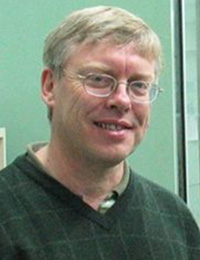 Graeme Moad was born in Orange, NSW, Australia. He obtained his BSc (Hons, First Class) and PhD from the University of Adelaide in the field of organic free radical chemistry. After undertaking post-doctoral research at Pennsylvania State University in the field of biological organic chemistry he joined CSIRO in 1979 where he is is currently a chief research scientist. He is also a project leader within the Cooperative Research Centre for Polymers. Dr Moad is author or co-author of over 150 publications, co-inventor of 34 patent families (12 relate to the RAFT process) and co-author of the book “The Chemistry of Radical Polymerization”. More than 12,500 papers cite his work and his h-index is 52. His research interests lie in the fields of polymer design and synthesis (radical polymerization, reactive extrusion, polymer nanocomposites) and polymerization kinetics and mechanism. Dr Moad is a Fellow of the Royal Australian Chemical Institute and he has recently been elected as a titular member of the Polymer Division of the International Union of Pure and Applied Chemistry.
Graeme Moad was born in Orange, NSW, Australia. He obtained his BSc (Hons, First Class) and PhD from the University of Adelaide in the field of organic free radical chemistry. After undertaking post-doctoral research at Pennsylvania State University in the field of biological organic chemistry he joined CSIRO in 1979 where he is is currently a chief research scientist. He is also a project leader within the Cooperative Research Centre for Polymers. Dr Moad is author or co-author of over 150 publications, co-inventor of 34 patent families (12 relate to the RAFT process) and co-author of the book “The Chemistry of Radical Polymerization”. More than 12,500 papers cite his work and his h-index is 52. His research interests lie in the fields of polymer design and synthesis (radical polymerization, reactive extrusion, polymer nanocomposites) and polymerization kinetics and mechanism. Dr Moad is a Fellow of the Royal Australian Chemical Institute and he has recently been elected as a titular member of the Polymer Division of the International Union of Pure and Applied Chemistry. Directeur de Recherches at CNRS, Bruno Ameduri leads the “Fluoropolymers and Energy” team at the “Engineering and Macromolecular Architectures” Team of Institute Charles Gerhardt in Montpellier, France. His main interests focus on the synthesis and the characterization of fluorinated monomers (including cure site monomers and telechelics), telomers and copolymers for various applications such as surfactants, elastomers, coatings, and polymers related to energy (fuel cell membranes, polymer gel electrolytes for Li-ions batteries and PV). Coauthor of one book, 22 reviews or chapters of books, more than 210 peer review publications and coinventor of more than 55 patents, he is also a member of the American and French Chemical Societies and is a member of the Editorial Boards of the Journal of Fluorine Chemistry, European Polymer Journal, Polymer Bulletin, and Associated editor of Polymer Journal (Japan). Out of research, Bruno enjoys cycling, skiing, jogging and playing soccer and tennis with his 2 sons, and is an active member of the “Rire” Association and, dressed as a clown, visits sick children in hospitals of Montpellier and abroad.
Directeur de Recherches at CNRS, Bruno Ameduri leads the “Fluoropolymers and Energy” team at the “Engineering and Macromolecular Architectures” Team of Institute Charles Gerhardt in Montpellier, France. His main interests focus on the synthesis and the characterization of fluorinated monomers (including cure site monomers and telechelics), telomers and copolymers for various applications such as surfactants, elastomers, coatings, and polymers related to energy (fuel cell membranes, polymer gel electrolytes for Li-ions batteries and PV). Coauthor of one book, 22 reviews or chapters of books, more than 210 peer review publications and coinventor of more than 55 patents, he is also a member of the American and French Chemical Societies and is a member of the Editorial Boards of the Journal of Fluorine Chemistry, European Polymer Journal, Polymer Bulletin, and Associated editor of Polymer Journal (Japan). Out of research, Bruno enjoys cycling, skiing, jogging and playing soccer and tennis with his 2 sons, and is an active member of the “Rire” Association and, dressed as a clown, visits sick children in hospitals of Montpellier and abroad.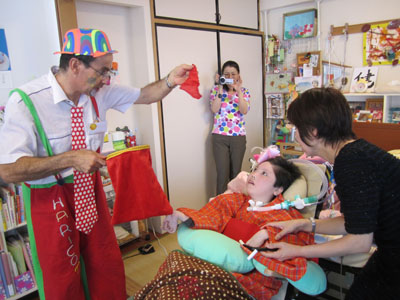
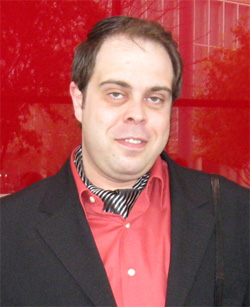 Nicolay V. (Nick) Tsarevsky obtained his M.S. in theoretical chemistry and chemical physics from the University of Sofia, Bulgaria (1999) and Ph.D. in chemistry from Carnegie Mellon University in Pittsburgh, PA (2005), where he worked in Prof. Kris Matyjaszewski’s labs. His work was related to the synthesis of functional polymers by atom transfer radical polymerization and the development of rules for rational selection of the catalyst for various reaction media, including aqueous solvents. He has authored and coauthored more than 65 peer-reviewed journal papers or book chapters, a textbook for high school students, and several patents. He was awarded several national awards, including the Kenneth G. Hancock Memorial Award in Green Chemistry (2003) and the National Starch & Chemical Award (2008). Nick was Visiting Assistant Professor at the Department of Chemistry at Carnegie Mellon University (2005-6), Associate Director of the CRP Consortium (2006), and a member of the founding team of ATRP Solutions, Inc., of which he served as Chief Science Officer (2007-10). He was secretary (2005) and chair (2006) of the Polymer Group of the Pittsburgh Section of ACS, as well as chair of the Section (2009). He joined the Department of Chemistry at Southern Methodist University in the summer of 2010. Current research interests include polymerization techniques, functional materials, coordination chemistry and catalysis, and the chemistry of hypervalent compounds.
Nicolay V. (Nick) Tsarevsky obtained his M.S. in theoretical chemistry and chemical physics from the University of Sofia, Bulgaria (1999) and Ph.D. in chemistry from Carnegie Mellon University in Pittsburgh, PA (2005), where he worked in Prof. Kris Matyjaszewski’s labs. His work was related to the synthesis of functional polymers by atom transfer radical polymerization and the development of rules for rational selection of the catalyst for various reaction media, including aqueous solvents. He has authored and coauthored more than 65 peer-reviewed journal papers or book chapters, a textbook for high school students, and several patents. He was awarded several national awards, including the Kenneth G. Hancock Memorial Award in Green Chemistry (2003) and the National Starch & Chemical Award (2008). Nick was Visiting Assistant Professor at the Department of Chemistry at Carnegie Mellon University (2005-6), Associate Director of the CRP Consortium (2006), and a member of the founding team of ATRP Solutions, Inc., of which he served as Chief Science Officer (2007-10). He was secretary (2005) and chair (2006) of the Polymer Group of the Pittsburgh Section of ACS, as well as chair of the Section (2009). He joined the Department of Chemistry at Southern Methodist University in the summer of 2010. Current research interests include polymerization techniques, functional materials, coordination chemistry and catalysis, and the chemistry of hypervalent compounds.
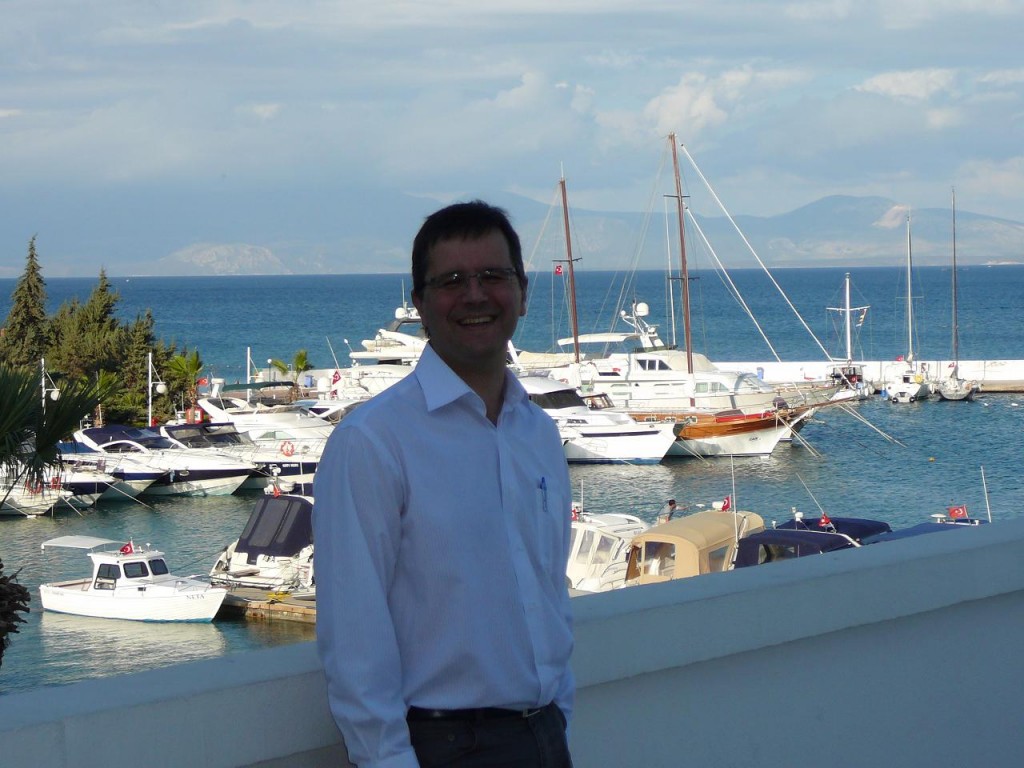
 Masami Kamigaito was born in 1965 in Nagoya, Japan. He received his B.S. (1988), M.S. (1990), and Ph.D. (1993) in polymer chemistry from Kyoto University under the direction of Professor Toshinobu Higashimura. After conducting postdoctoral research with Professor Mitsuo Sawamoto, he joined the faculty of Kyoto University in 1995, where he was promoted to Associate Professor in 1999. In 2003, he moved to Nagoya University and worked as an Associate Professor with Professor Yoshio Okamoto. In 2004, he was promoted to Professor. From 1997–1998, he worked as a visiting scientist at Stanford University with Professor Robert M. Waymouth. He was the recipient of the 2001 Arthur K. Doolittle Award of the ACS PMSE Division, the 2009 Wiley Polymer Science Award of the Society of Polymer Science, Japan, and the 2010 Japan IBM Science Award (Chemistry). His research interests include controlled radical and cationic polymerizations, the development and application of new polymerizations to precision polymer synthesis, and controlled polymerizations of renewable vinyl monomers.
Masami Kamigaito was born in 1965 in Nagoya, Japan. He received his B.S. (1988), M.S. (1990), and Ph.D. (1993) in polymer chemistry from Kyoto University under the direction of Professor Toshinobu Higashimura. After conducting postdoctoral research with Professor Mitsuo Sawamoto, he joined the faculty of Kyoto University in 1995, where he was promoted to Associate Professor in 1999. In 2003, he moved to Nagoya University and worked as an Associate Professor with Professor Yoshio Okamoto. In 2004, he was promoted to Professor. From 1997–1998, he worked as a visiting scientist at Stanford University with Professor Robert M. Waymouth. He was the recipient of the 2001 Arthur K. Doolittle Award of the ACS PMSE Division, the 2009 Wiley Polymer Science Award of the Society of Polymer Science, Japan, and the 2010 Japan IBM Science Award (Chemistry). His research interests include controlled radical and cationic polymerizations, the development and application of new polymerizations to precision polymer synthesis, and controlled polymerizations of renewable vinyl monomers.
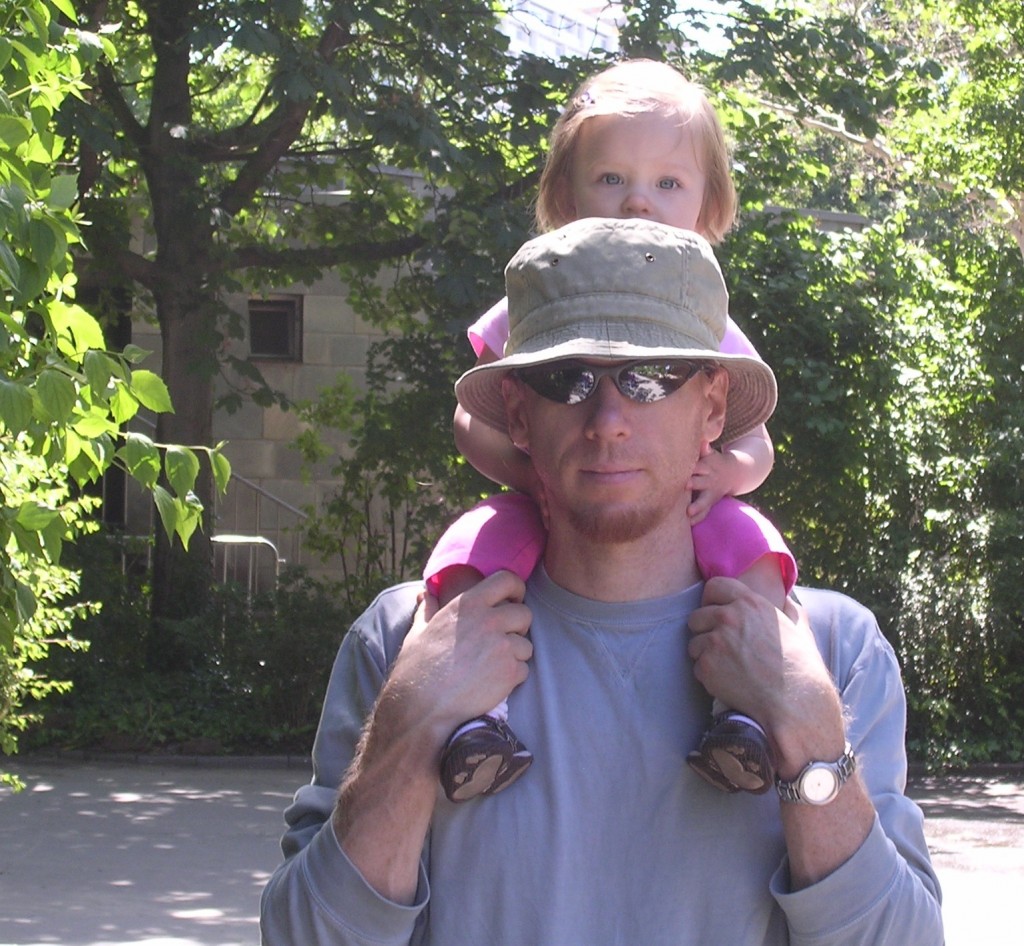
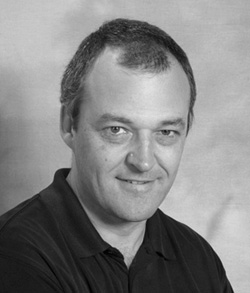 Steve P. Armes graduated with BSc (1983) and PhD (1987) degrees from Bristol University. Post-doctoral fellow at Los Alamos National Laboratory, New Mexico from 1987 to 1989. Academic at Sussex University for fifteen years (promoted to full Professor in 2000) being moving to a Personal Chair at Sheffield University in 2004. Currently Director of the Sheffield Polymer Centre, academic director of METRC and also a director of Farapack Polymers, a polymer services spin-out company. Published around 415 papers (H-index = 74) and named inventor on 16 patent applications. Awarded the RSC Macro Group prize for polymer science in 2007 and the RSC Peter Day prize for soft matter research in 2010. Recipient of a Royal Society-Wolfson Research Merit Award (2005-2009). Current research interests include: RAFT aqueous dispersion polymerisation; controlled-structure water-soluble polymers; block copolymer self-assembly; colloidal nanocomposite particles; stimulus-responsive polymers; conducting polymer particles; biocompatible block copolymers; branched copolymers; polymer brushes via surface polymerisation; macromonomers; novel sterically-stabilised latexes; interfacially-active particles for the preparation of Pickering emulsions and colloidosomes.
Steve P. Armes graduated with BSc (1983) and PhD (1987) degrees from Bristol University. Post-doctoral fellow at Los Alamos National Laboratory, New Mexico from 1987 to 1989. Academic at Sussex University for fifteen years (promoted to full Professor in 2000) being moving to a Personal Chair at Sheffield University in 2004. Currently Director of the Sheffield Polymer Centre, academic director of METRC and also a director of Farapack Polymers, a polymer services spin-out company. Published around 415 papers (H-index = 74) and named inventor on 16 patent applications. Awarded the RSC Macro Group prize for polymer science in 2007 and the RSC Peter Day prize for soft matter research in 2010. Recipient of a Royal Society-Wolfson Research Merit Award (2005-2009). Current research interests include: RAFT aqueous dispersion polymerisation; controlled-structure water-soluble polymers; block copolymer self-assembly; colloidal nanocomposite particles; stimulus-responsive polymers; conducting polymer particles; biocompatible block copolymers; branched copolymers; polymer brushes via surface polymerisation; macromonomers; novel sterically-stabilised latexes; interfacially-active particles for the preparation of Pickering emulsions and colloidosomes.